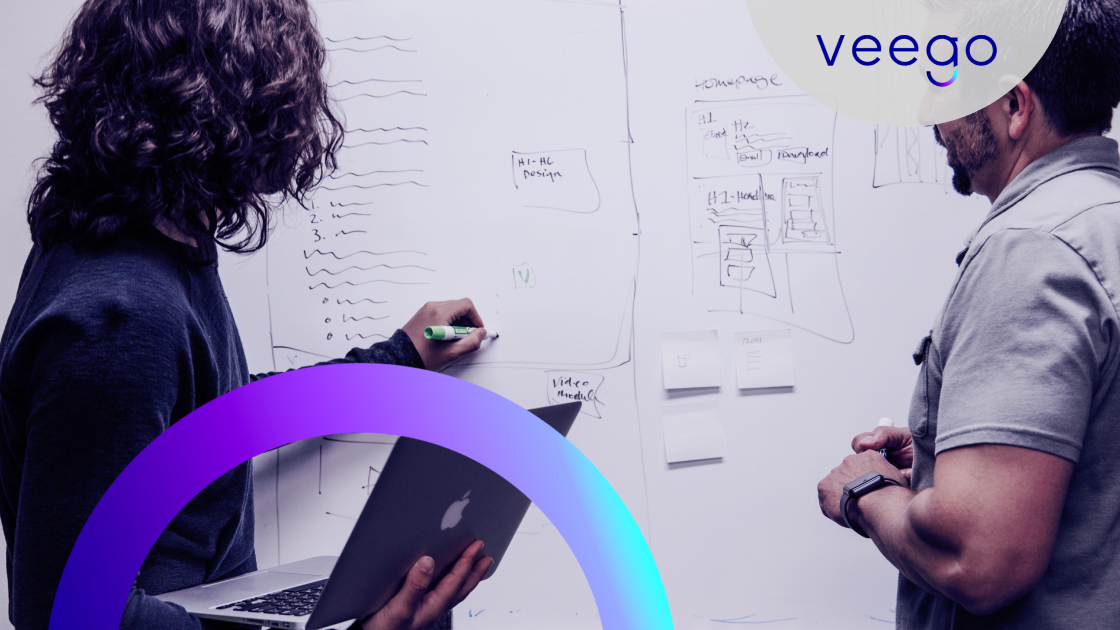Machine Learning is the key to boosting support capabilities while saving millions of dollars for Customer Care Departments
With the purchase of billions of smart devices every year, there is no way that ISPs can know what is getting connected in the home. Expectations of smart-home subscribers are growing by leaps and bounds, and they expect Customer Care departments to keep up.
- Can’t watch a sporting event? Call the ISP!
- Can’t stream the music? Call the ISP!
- Video call keeps dropping? Call the ISP!
- Can’t control the lights remotely? Call the ISP!
In just the four cases cited above, there are more than a million permutations of root cause. First of all, the problem could be external to the home and there is nothing any ISP can do about that. Second, there are tens of thousands of different smart-device types (smart TV models, cameras, doorbells, light bulbs, etc.) not to mention software versions that control them. Third, many devices interact with other devices as well as with software apps to deliver the complete services. (Think about cameras from various vendors strewn about the home, working with burglar detection/facial recognition software and communicating with remote smartphones.)
Now, multiply all these variations by millions of subscribers and you get an idea of the challenge that Customer Care Departments are facing.
Even world-class Customer Care, staffed with the smartest and best trained agents, cannot hope to cope with the myriad problems that invariably plague their millions of subscribers. It’s humanly impossible.
Artificial sweetener
If humans can’t hope to cope (and never will be able to), we need to try another solution, and it’s finally available: Machine Learning.
A vital and growing branch of Artificial Intelligence, ML watches what’s going on and tries to make order based on what it “sees” and already “knows”. For example, Subscriber X just bought another smart-home device and connected it, via the ISP router, to the Internet. That just multiplied the universe of potential problems by millions. But this isn’t necessarily the first time any home in the multi-million subscriber base connected such a device.
Residing unobtrusively in the home router and with support from the cloud, the ML technology immediately recognizes the new device and, in an instant, knows a lot about it – including what other devices and software apps work (and don’t work) with it and what obstacles it encounters.
Let’s refer back to the problems we described earlier.
- Can’t watch a sporting event? The ML discovers in real time that Netflix is suffering outages.
- Can’t stream the music? From the moment they were connected, the ML determined that these new smart speakers are protocol-incompatible with the smart hub in the home.
- Video call keeps dropping? The ML notices that the smart TV is still using an old version of software and is aware that the latest, downloadable version will fix the problem.
- Can’t control the lights remotely? The ML knows that a re-installation of the smartphone app and re-logging into the account will fix this.
In each of these cases (and billions more), the ML watches, learns, and applies knowledge to:
- Fix the problem directly, or
- Inform the subscriber how to fix the problem, or
- Inform the Customer Care Department about the problem, its root cause and location, and effective fixes.
Many happy returns
The first case – fix the problem directly (“self-care”) – the subscriber “merely” enjoys uninterrupted service. She suffers no problems and makes no support calls to Customer Care. The ISP gains considerably from a drastic reduction in Call Arrival Rate and agent time.
In the second case – help the subscriber fix the problem—again, service calls are deflected and the resulting benefits to the ISP are obvious. Furthermore, subscribers stand in awe of an ISP that can anticipate their problems and help them perform the fixes themselves. Talk about a boost to Net Promoter Score!
In the third case – when the subscriber actually needs to make a service call – the Customer Care agent already has all the information to arrive at a quick and effective solution. Average Handle Time is reduced, First Call Resolution is improved, and unnecessary hardware replacements and truck rolls are eliminated. The subscriber is ultra-satisfied with the prompt and valuable service. Did somebody say, “CSAT=5”?
Machine Learning turns “can’t hope to cope” into smooth subscriber experience and brand loyalty while slashing support costs for ISPs.
[/fusion_text][fusion_button link=”https://www.veego.io/veego-discovers-america/” text_transform=”” title=”” target=”_self” link_attributes=”” alignment=”center” modal=”” hide_on_mobile=”small-visibility,medium-visibility,large-visibility” class=”” id=”” color=”custom” button_gradient_top_color=”#180199″ button_gradient_bottom_color=”#180199″ button_gradient_top_color_hover=”#ff8100″ button_gradient_bottom_color_hover=”#ff8100″ accent_color=”” accent_hover_color=”” type=”” bevel_color=”” border_width=”” border_radius=”” border_color=”” border_hover_color=”” size=”” stretch=”default” icon=”” icon_position=”left” icon_divider=”no” animation_type=”” animation_direction=”left” animation_speed=”0.3″ animation_offset=””]Meet Veego’s new VP Sales, Americas![/fusion_button][/fusion_builder_column][fusion_builder_column type=”1_4″ layout=”1_4″ spacing=”” center_content=”no” link=”” target=”_self” min_height=”” hide_on_mobile=”small-visibility,medium-visibility,large-visibility” class=”” id=”” background_color=”” background_image=”” background_image_id=”” background_position=”left top” background_repeat=”no-repeat” hover_type=”none” border_size=”0″ border_color=”” border_style=”solid” border_position=”all” border_radius=”” box_shadow=”no” dimension_box_shadow=”” box_shadow_blur=”0″ box_shadow_spread=”0″ box_shadow_color=”” box_shadow_style=”” padding_top=”” padding_right=”” padding_bottom=”” padding_left=”” margin_top=”” margin_bottom=”” animation_type=”” animation_direction=”left” animation_speed=”0.3″ animation_offset=”” last=”no”]





